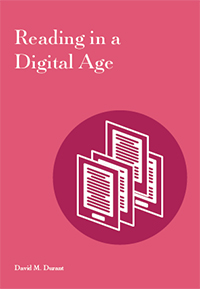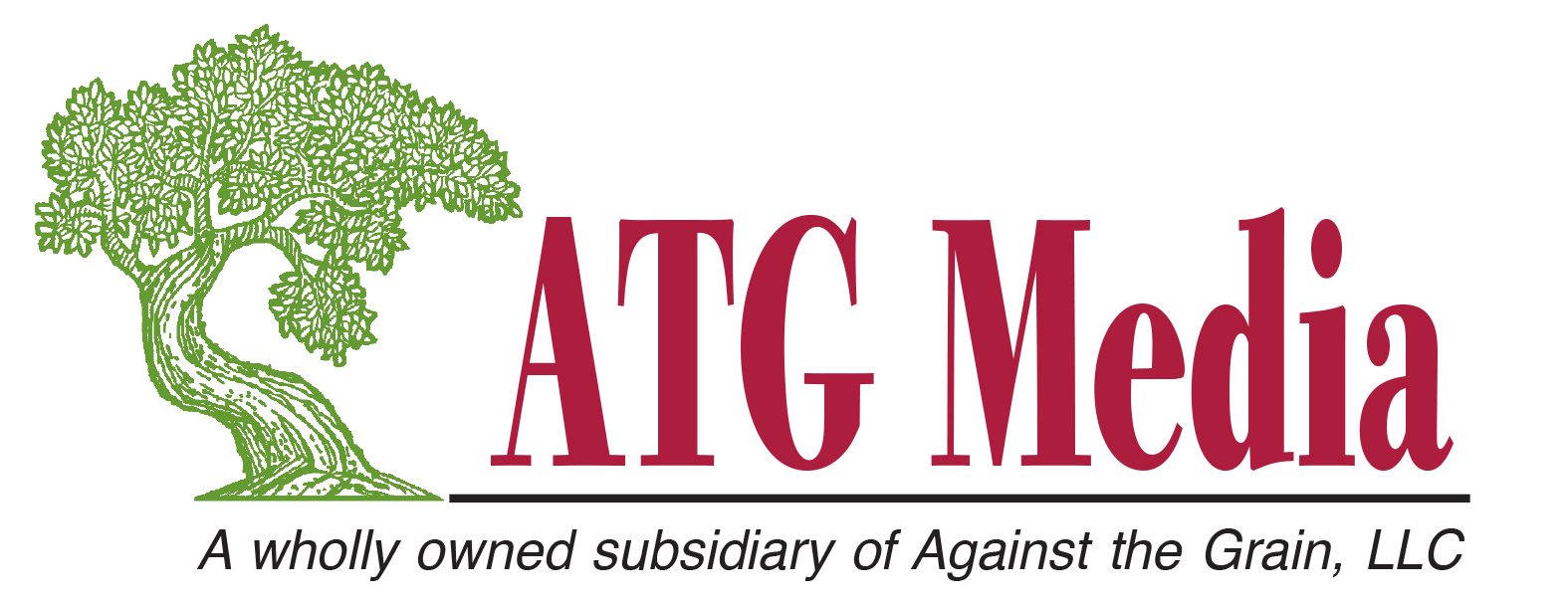
Reading in a Digital Age
Skip other details (including permanent urls, DOI, citation information): This work is licensed under a Creative Commons Attribution-NonCommercial-NoDerivatives 4.0 International License. Please contact [email protected] to use this work in a way not covered by the license.
For more information, read Michigan Publishing's access and usage policy.
Linear versus Tabular Reading
It is also important to note that all reading is not the same. Reading Tolstoy is not the same as reading a tweet or a restaurant menu. Communication scholar Christopher Rowe has divided reading into two types, linear and tabular: “Linear or intensive reading characterizes the way we consume narrative fiction. The tabular mode of reading is interrogative, seeking information about a specific subject.”[4] Along the same lines, N. Katherine Hayles, a professor at Duke University, has discerned three basic forms of reading: close, hyper, and machine. Hayles’s concept of close reading corresponds to what Rowe defines as linear reading, while hyper reading is roughly analogous to what he calls tabular reading. As Hayles notes, both forms of reading are valuable and, in fact, complement each other: “Close and hyper reading operate synergistically when hyper reading is used to identify passages or to home in on a few texts of interest, whereupon close reading takes over. . . . Skimming and scanning here alternate with in-depth reading and interpretation.”[5]
Hayles’s third type of reading, machine reading, consists of “human-assisted computer reading, that is, computer algorithms used to analyze patterns in large textual corpora where size makes human reading of the entirety impossible.”[6] In other words, machine reading is everything from using the “Find” command in a PDF document to using textual analysis software.
Leaving aside machine reading, whether we say linear and tabular or close and hyper (we will use “linear” and “tabular” for the remainder of this briefing), it is clear that there are two main forms of reading that each foster very different types of intellectual abilities. Linear reading involves the ability to read an extended narrative in continuous, in-depth fashion and reflect upon its meaning. Wolf and Barzillai define linear reading as “the array of sophisticated processes that propel comprehension and that include inferential and deductive reasoning, analogical skills, critical analysis, reflection, and insight. The expert reader needs milliseconds to execute these processes; the young brain needs years to develop them.”[7] This form of reading depends on and in turn helps foster skills such as sustained focus and attention, deep concentration, and the ability to memorize information and integrate it into conceptualized forms of knowledge and self-awareness.[8]
In contrast, tabular reading focuses on either reading short pieces of text or browsing or skimming texts in search of specific pieces of information. Examples include browsing a web page or looking up a word in a dictionary. Tabular reading thus tends to be nonlinear in nature, develops rapid pattern recognition and quick decision making, and is often interactive instead of solitary.[9]
This distinction between linear and tabular reading has come to be central to the discussion over reading in the digital age.


